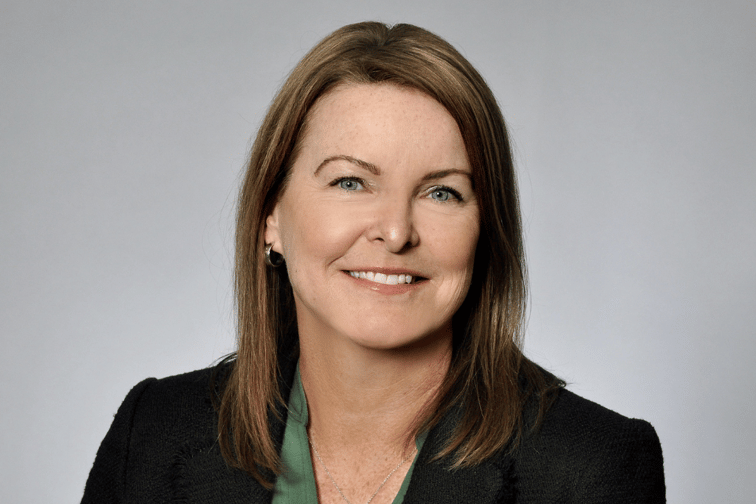

According to Kelly Stevens (pictured), the senior vice president of loss adjusting at Crawford and Co., insurance companies are currently battling among one another to find and retain employees within their organizations.
“There’s a war on talent,” she said.
“We’re all looking to the same resources and from the same pool of qualified applicants. I think it’s a concern for most entities and stakeholders in the industry right now to try to grow and maintain the talent we have, while recruiting new staff and having them mentored with existing employees.”
This is resulting in a search for more creative methods to source and keep qualified candidates to develop them into the leaders of tomorrow.
“At Crawford, we’re looking at everything from an acquisition model of smaller firms, to targeted recruitment to attract various senior technical adjusters,” Stevens said.
In an interview with Insurance Business at this year’s RIMS conference in Ottawa, Stevens spoke about how immigrants to Canada can be tapped for empty positions within the industry, why “boomerang” employees may not be a bad thing and what the loss adjustor of the future looks like.
As more and more immigrants relocate to Canada and start a new life for themselves, this is a perfect opportunity to utilize their skillset in new avenues within the insurance industry.
“A lot of people are new Canadians that are coming here, whether they’re lawyers, people in policing from other countries, as well as doctors and nurses that are comfortable with medical technology and terminology when it comes to injury related claims,” Stevens said.
At Crawford, the company has set up what it calls a Fast Track program, which essentially expedites a qualified immigrant’s adoption of the ins and outs of the insurance industry and moves them quickly through the system.
“They would get paired to the more senior person as they go through their placements to accelerate their learning,” Stevens said. “They could be handling anything from a personal auto claim up to a very complex commercial loss as well — there’s many entities to serve.”
However, to create enticement, it is important to debunk the negative perception of the industry.
“Part of it is changing the perception of insurance from being a price driven, untrustworthy industry, and really focusing more on what we do to help others,” Stevens said. “Most people want to work for a cause, or they want to do something that is for a greater good.”
There should also be a focus on catering to more individualized work styles and an emphasis on flexibility, while also placing precedence on mental health and a work/life balance, she suggested.
One challenge to recruiting new, young staff is fulfilling the assumption that they will be able to progress in their career within a company.
“They want to be moving through work very quickly in terms of progression and succession planning in their roles,” Stevens said.
Employers must find a way to accommodate those expectations, give them interesting work, allow them to learn and grow, while also providing a clear path to realize their ambitions.
“You always have to have that kind of new staff coming in while we progress the existing staff as well,” Stevens said.
As a result, Stevens noted that “there’s a lot of movement in the industry between independent adjusters to our insurer partners, and back again.”
And while these “boomerang employees” can be viewed critically, the SVP sees value in this cross-pollination.
“In some ways, everyone’s getting a wonderful perspective on the different aspects of insurance and what makes them stronger,” Stevens said. “Sometimes, I think people want to see what else is out there, but it’s important that the door’s always open for good employees.”
When asked about what the future of the loss adjustor’s role would look like, Stevens believes that human employees should be used, to the best of their abilities, and assisted with technology.
“It’s about taking away the humans from where there is no meaningful work and really letting that be automated as much as possible,” she said.
However, this should not minimize the value of humans maintaining their physical presence during a loss adjustor scenario and offering both empathy and comfort to communities or citizens dealing with a loss event.
“There’s going to be a lot of claims that will be managed through machine learning and automation,” Stevens said. “And then another large cohort that will involve people still going out and meeting policyholders and managing them through the fulfillment.”
For loss adjustors, there will be a clearer definition of what work can be relegated to AI or another automated system to improve efficiency and what tasks can only be accomplished through human experience and professionalism.
By leveraging both technology and the human touch, loss adjustors will be able to expediate the resolution process for the betterment of the policyholder.
“It’s the workflow that will create consistency in the way that you handle claims,” Stevens said.
